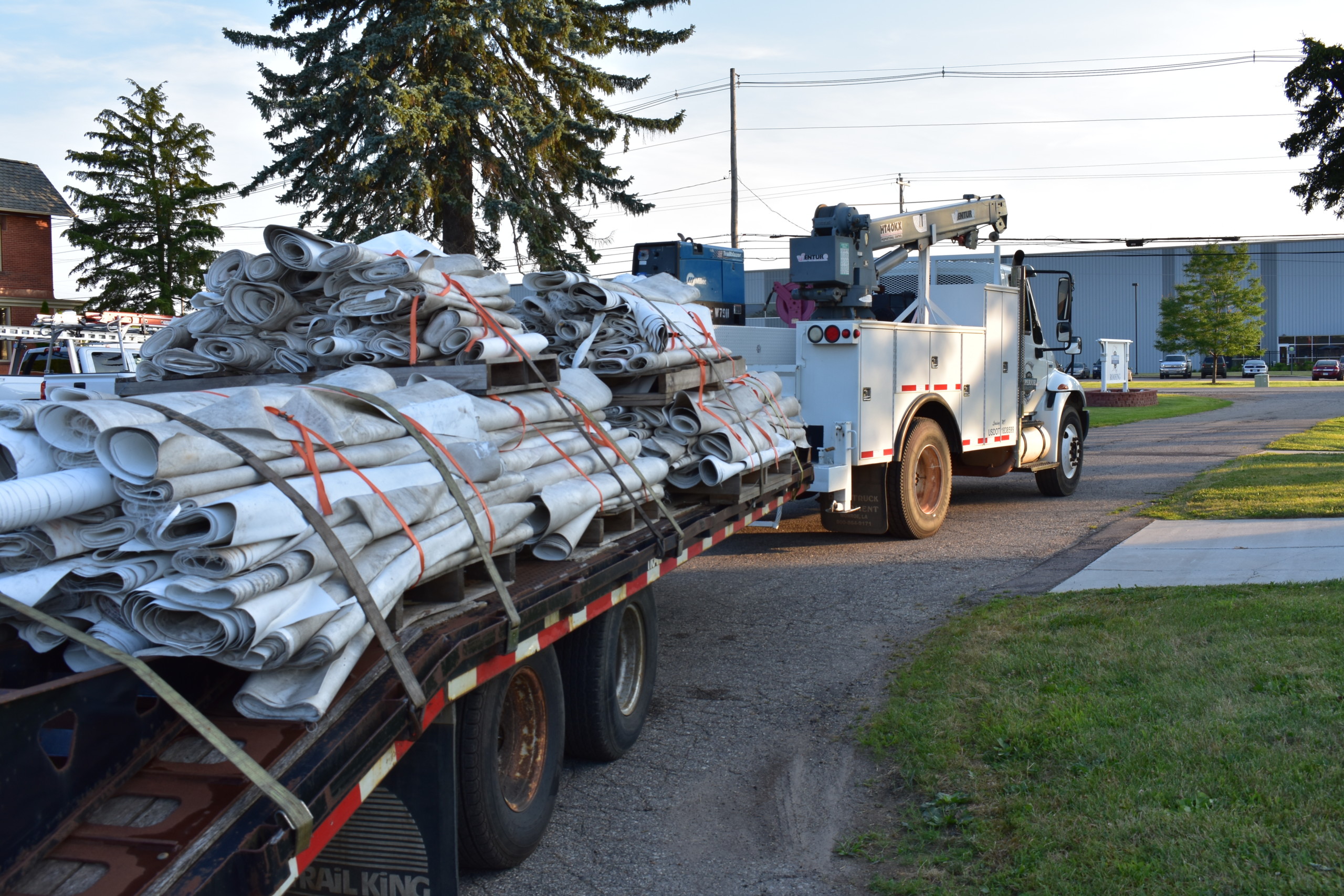This website uses cookies so that we can provide you with the best user experience possible. Cookie information is stored in your browser and performs functions such as recognising you when you return to our website and helping our team to understand which sections of the website you find most interesting and useful.
News
3 Reasons to Classify Post-Consumer Recycled Vinyl Content
PVC, or vinyl, is one of the most widely used plastics in the world. Its durability, cost-effectiveness, and availability make it a popular choice. While vinyl’s popularity is high, more people are starting to focus on the recyclability of its products. With over 1.1 billion pounds of PVC already being recycled annually, the industry is looking to jump-start programs that will lead to big increases in that number. The first steps toward this goal are to improve the language and credibility of PVC recycling, so the industry has been convening to create consensus standards for Post-Consumer Recycled (PCR) Vinyl Content to firmly establish what recyclers and processors have done successfully for decades.
While plastics are recyclable, not all plastics are miscible with each other when they are remelted and processed together. That could lead to product defects, so recyclers may use a series of mechanical separation steps to create a more consistent stream of material for use in the next step of melt processing. With so many variations of PVC formulations available, using a wide range of different additive chemistries, experienced recyclers are selective in what material they are sourcing, to minimize the separation steps needed. This is easier when dealing with pre-consumer material streams from single sources. However, in order to increase the usage of post-consumer recycled content by product manufacturers, the desired source material is more likely to be captured in an unseparated mixture of materials. For that reason, it’s important to be able to describe the recycled PVC so that the recycler knows how finely they need to separate and blend materials, and so the customer can achieve their desired outcome.
By creating a new classification system, we will be able to:
Improve language around specifying PCR Vinyl Content
By improving the language around post-consumer recycled vinyl, we are encouraging transparency between Formulators, product designers, and procurement managers. This will better help inform and enable key stakeholders to seek out material sources that elevate the quality of their reclaimed feedstock. Procurement and product development teams will be able to develop a more effective form of communication to identify PVC material that is available for recycling.
Enable processors to upcycle PCR vinyl
With sustainability growing in popularity amongst consumers, usage and effective end-of-life strategies need to be put in place. Once the language is improved, it will help lay the groundwork for processors to upcycle PCR vinyl. Because the language will help build transparency, processors will be able to easily identify the PCR vinyl content that will help them to achieve their desired sustainability outcomes.
Create a methodology that demonstrates that all PCR vinyl can be safely recycled
By creating a classification methodology, we can demonstrate that all PCR Vinyl can in fact be recycled. This not only keeps plastic out of landfills but allows recycled PVC, CPVC, and vinyl copolymer compounds to be effectively used. Regardless of a product’s origin and restricted substances, there is a safe endpoint for all post-consumer recycled vinyl.
The vinyl industry is working toward a zero-waste and carbon-neutral future with the Vinyl Sustainability Council’s Resource Efficiency Task Force having the motto of “No PVC Left Behind.” Internationally accepted consensus standards will only help to increase the use of PCR vinyl content and help the vinyl industry continually progress toward this future vision.
With all of this work going on, we need your voice and your participation! If you own a post-consumer PVC recycling center or know of someone who does and is not a part of our recycling directory – please email mtozzie@vinylinfo to be added to the list.
We continued the conversation on the work being done to specify post-consumer PVC, by holding a webinar discussing how we can develop a common classification system and consensus standards to help formulators, product designers, and procurement managers effectively identify and procure qualified post-consumer PVC materials that meet manufacturing requirements and end-product specifications.


